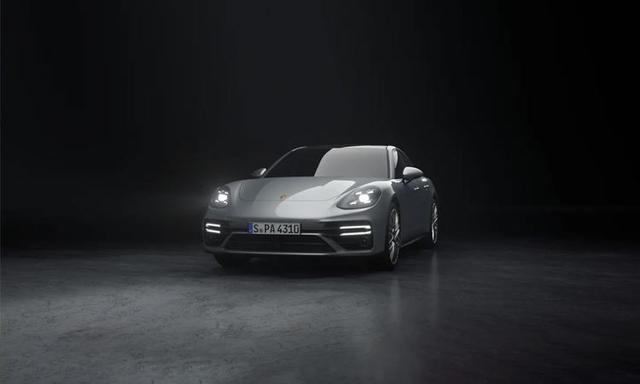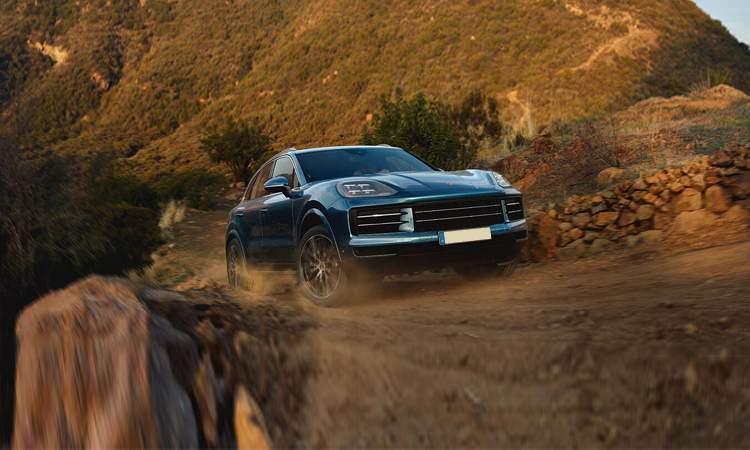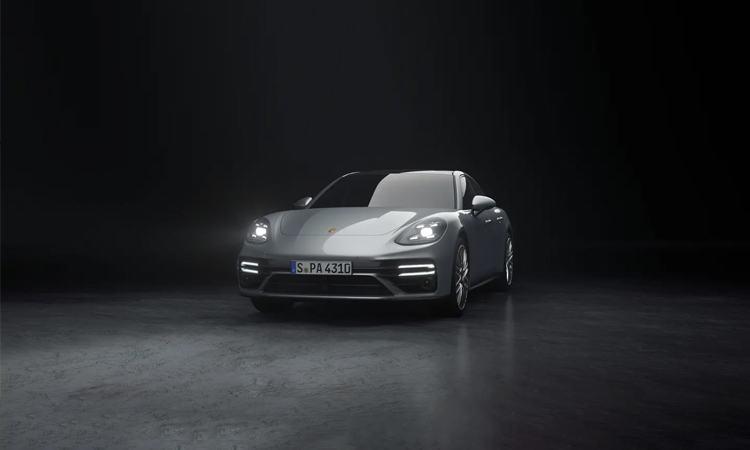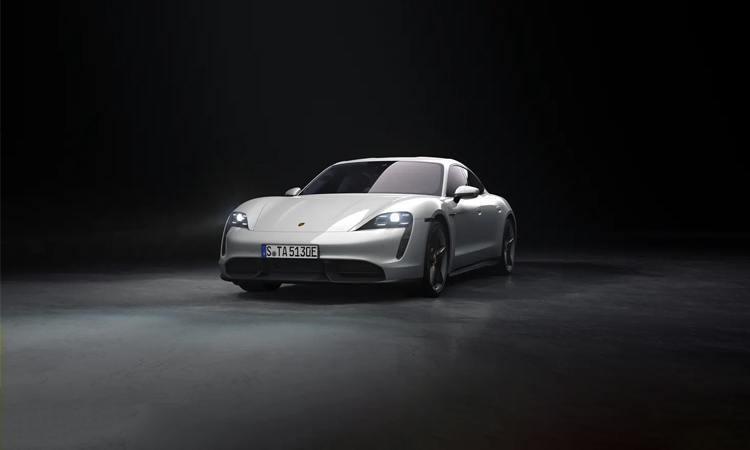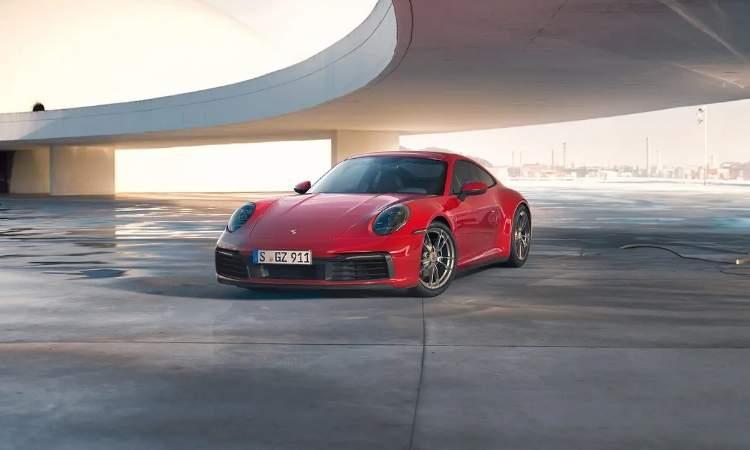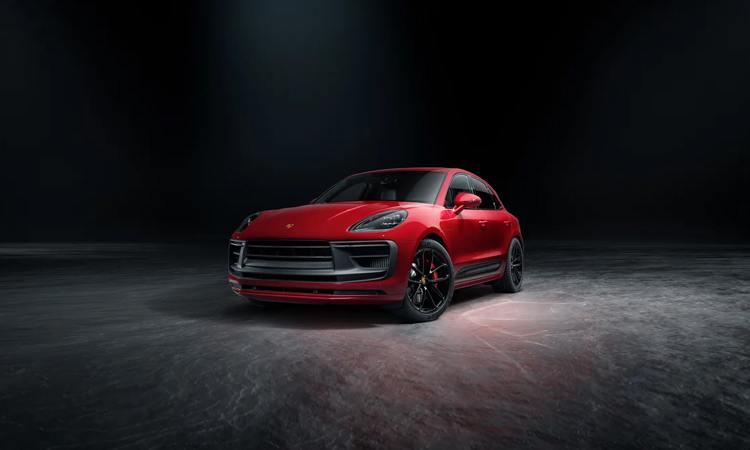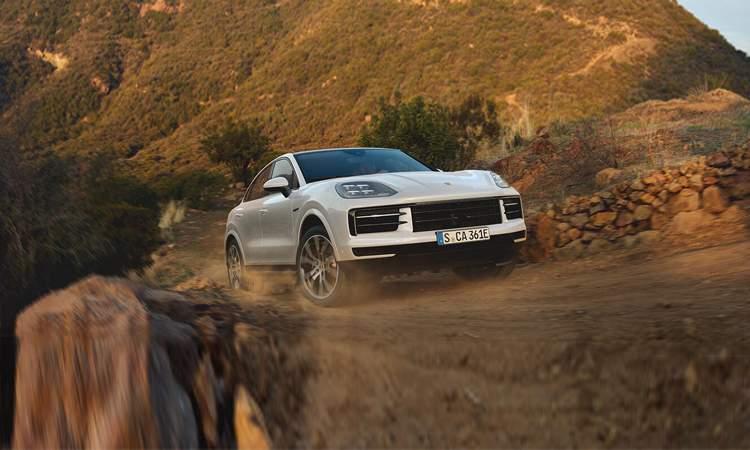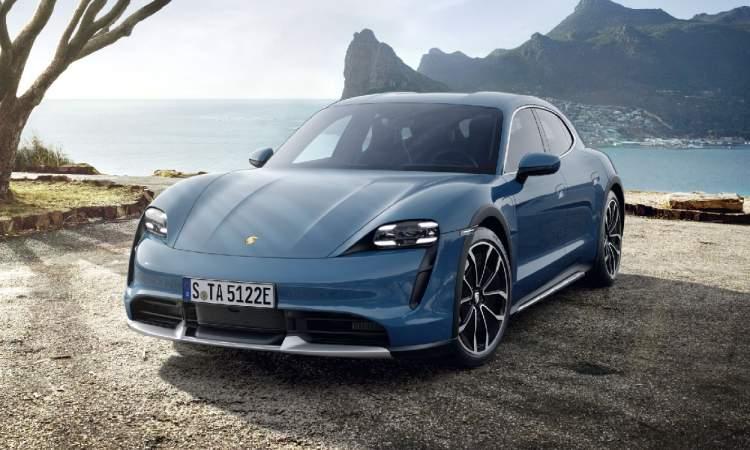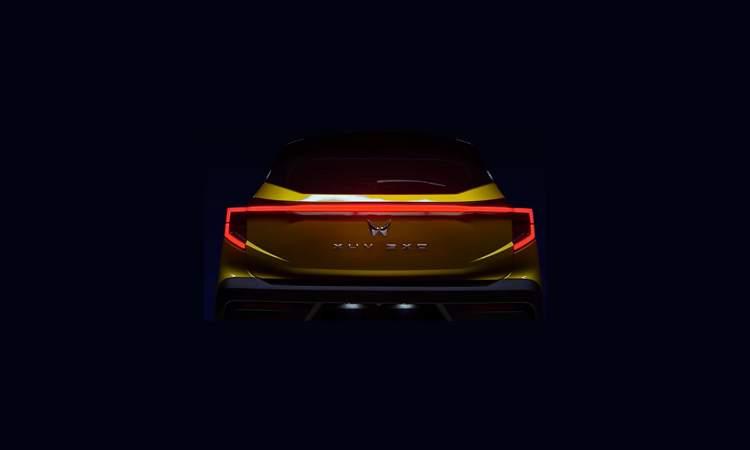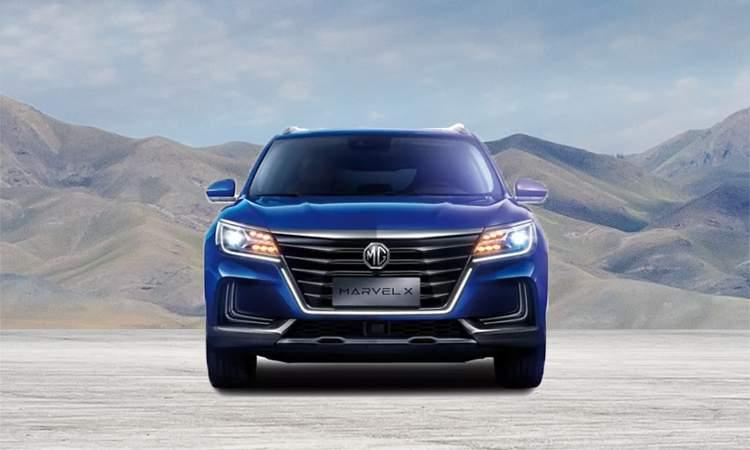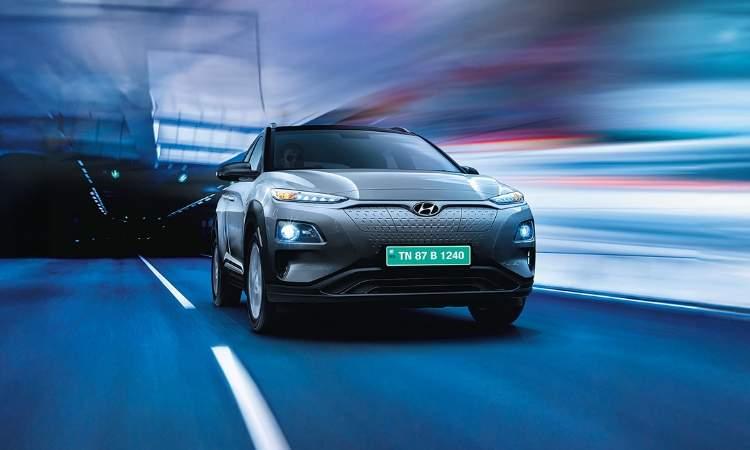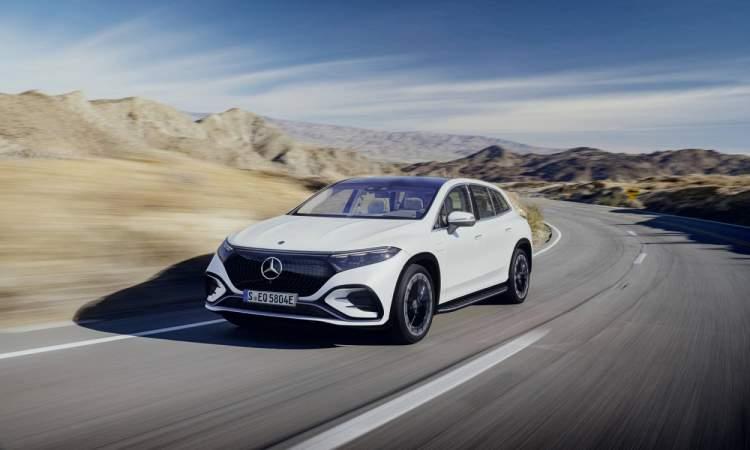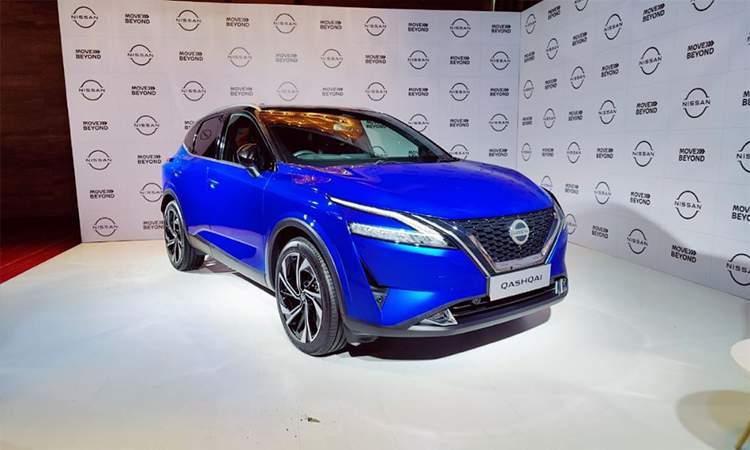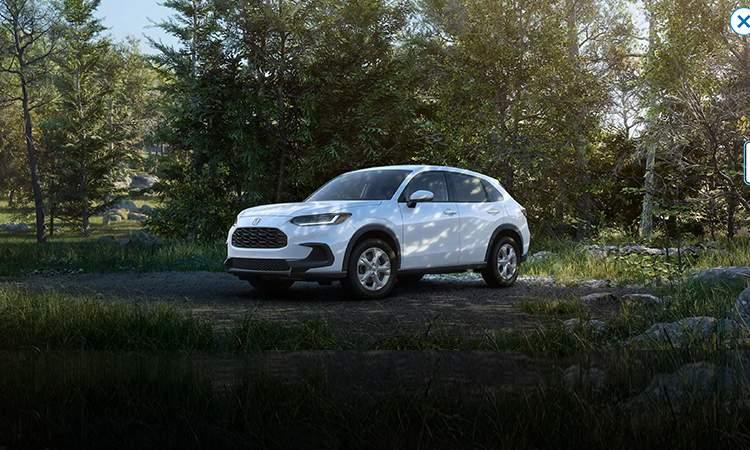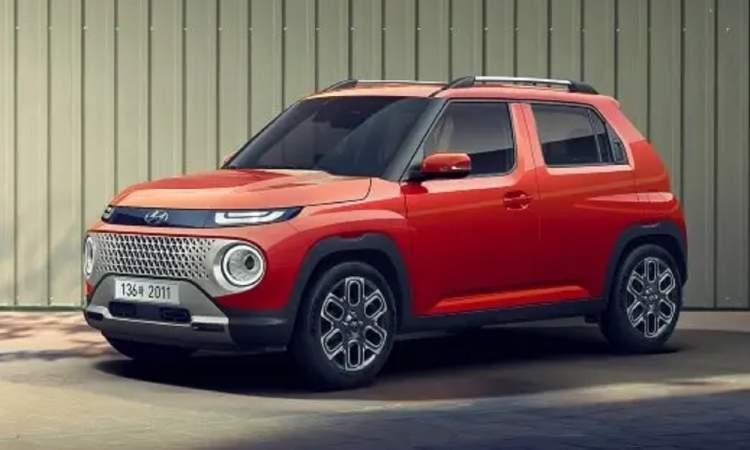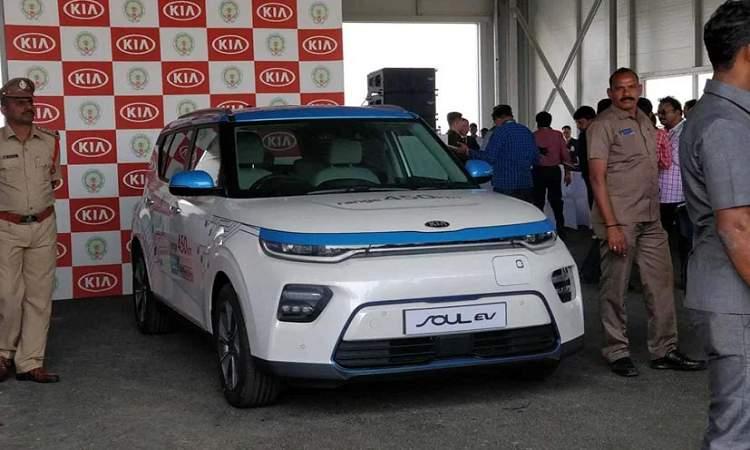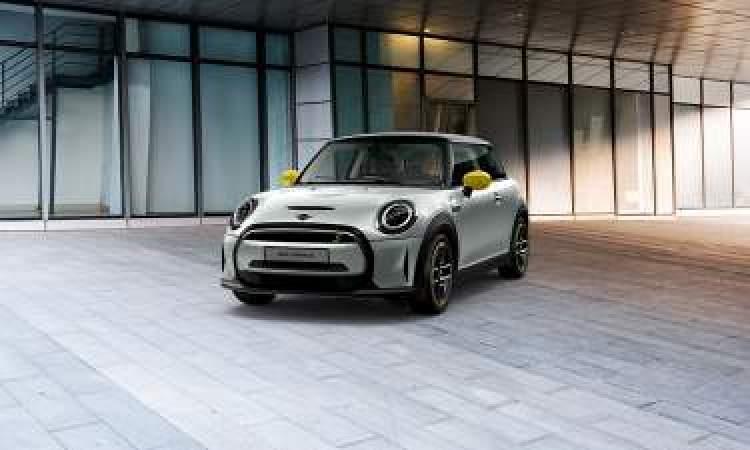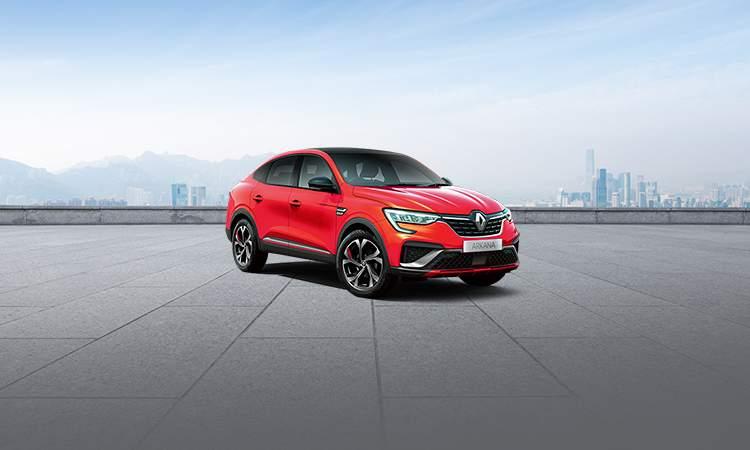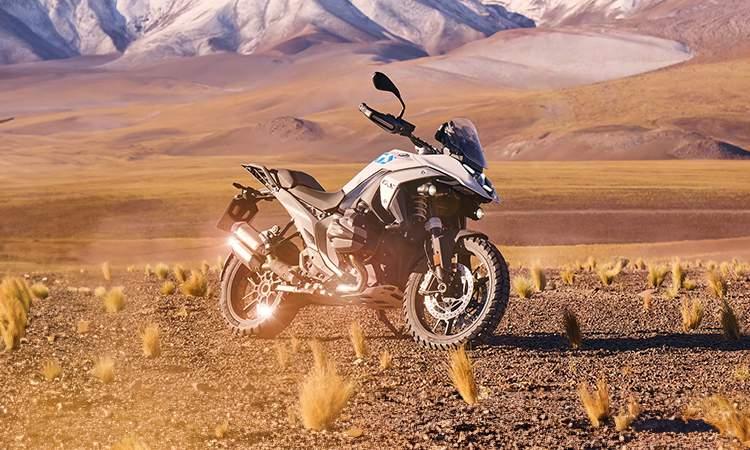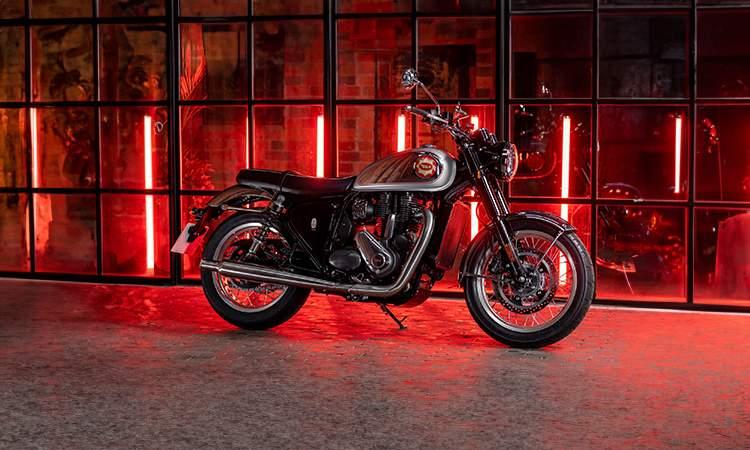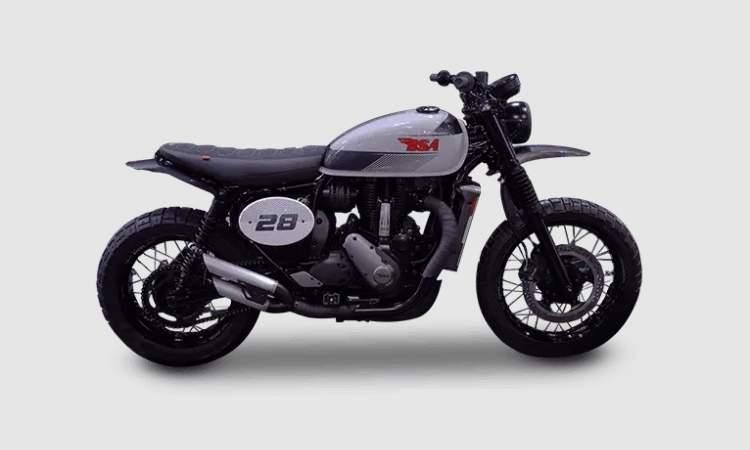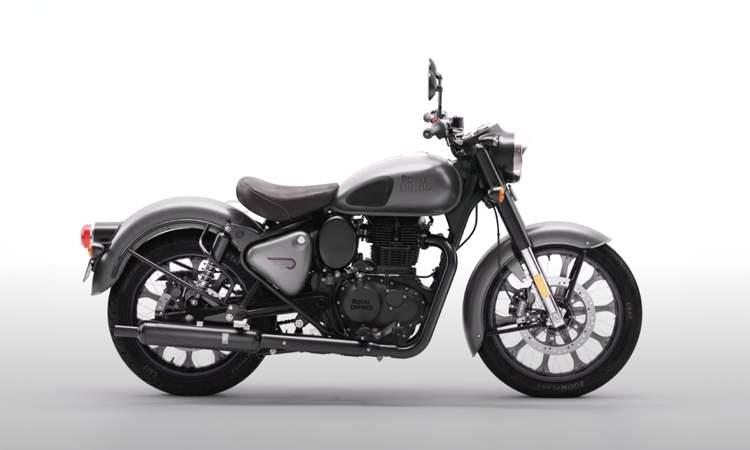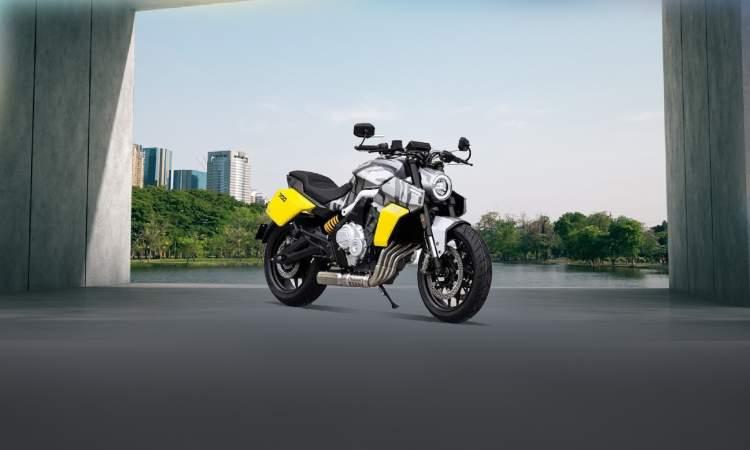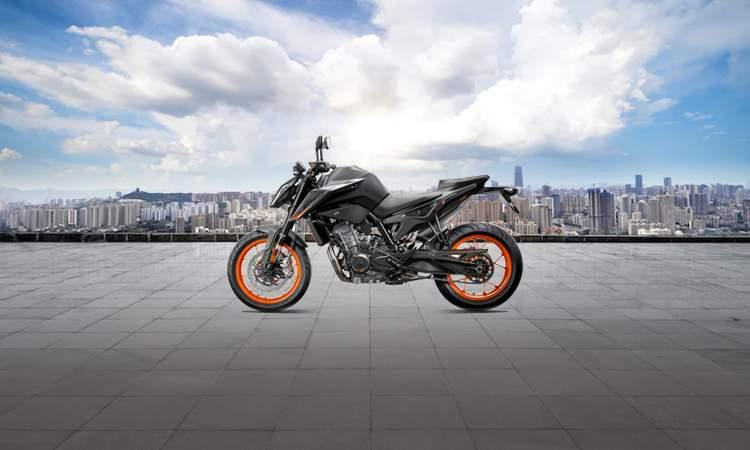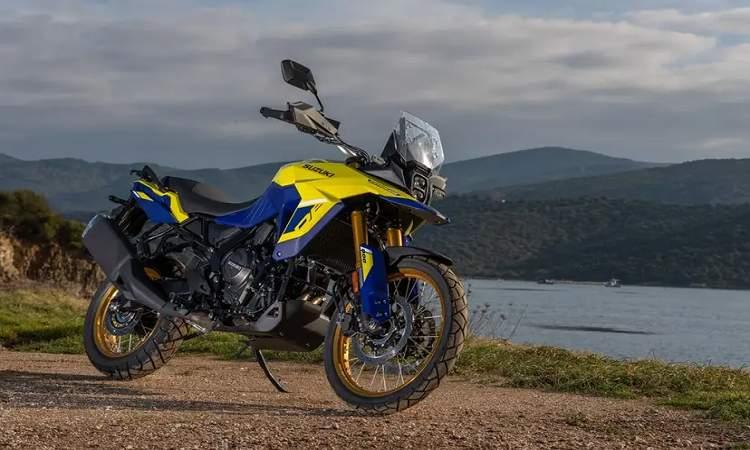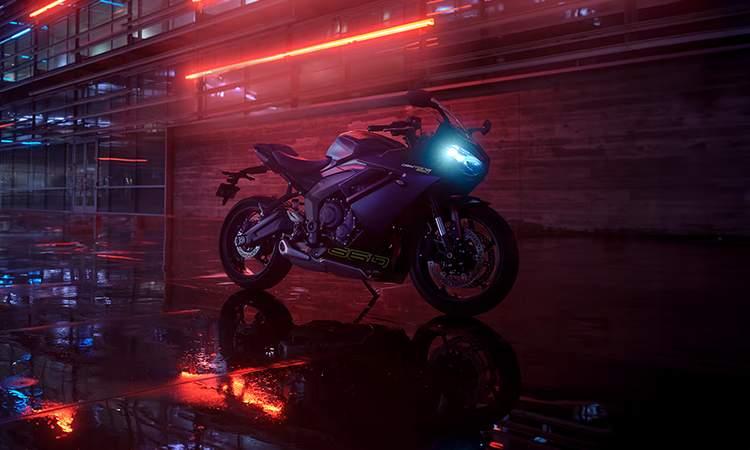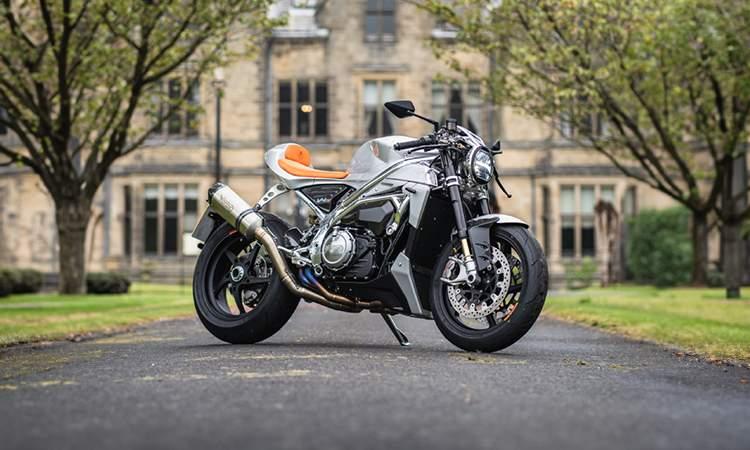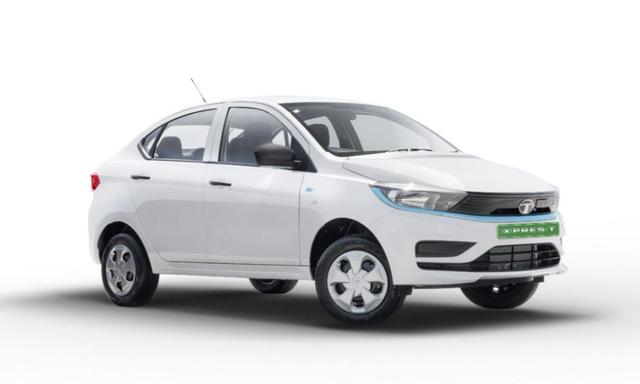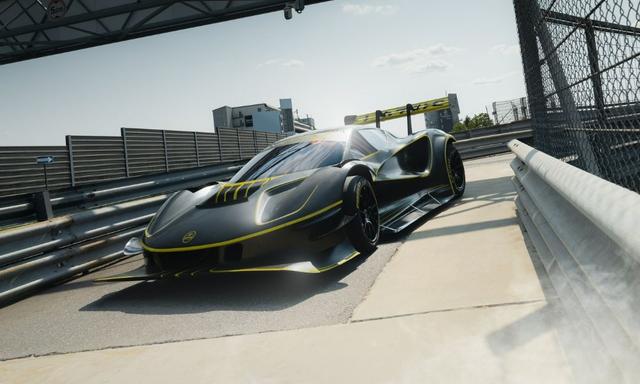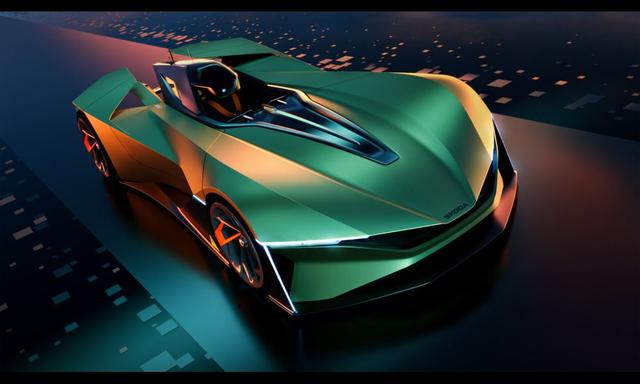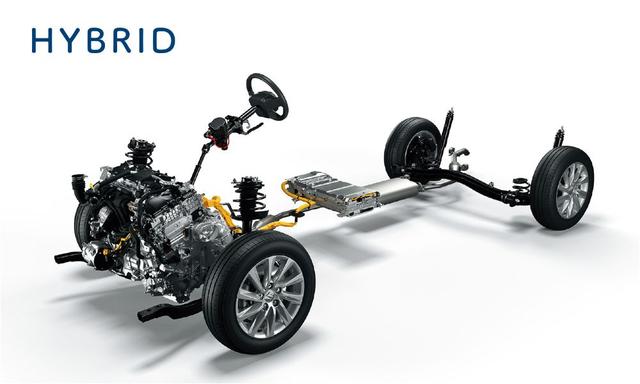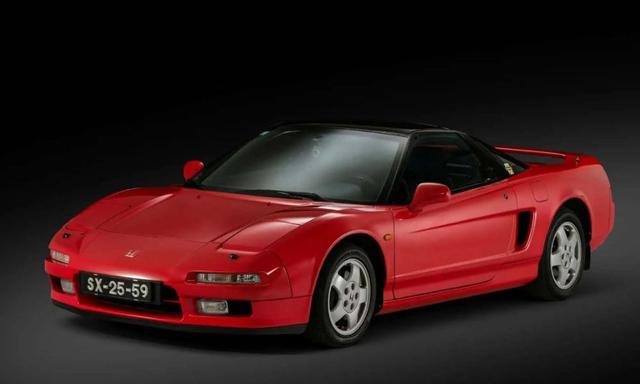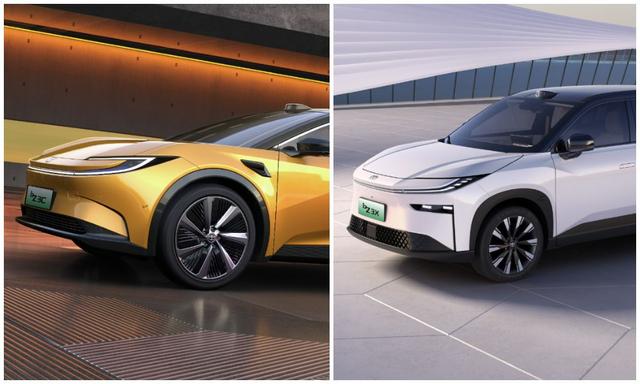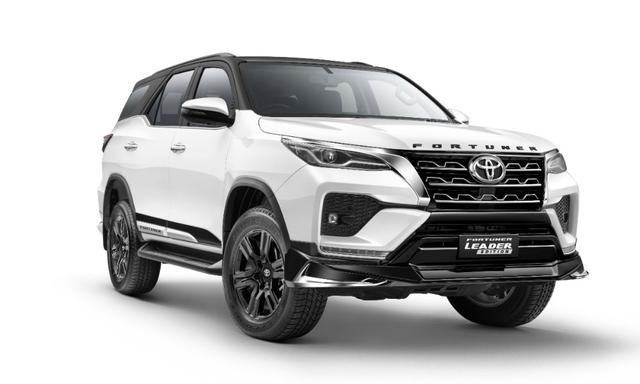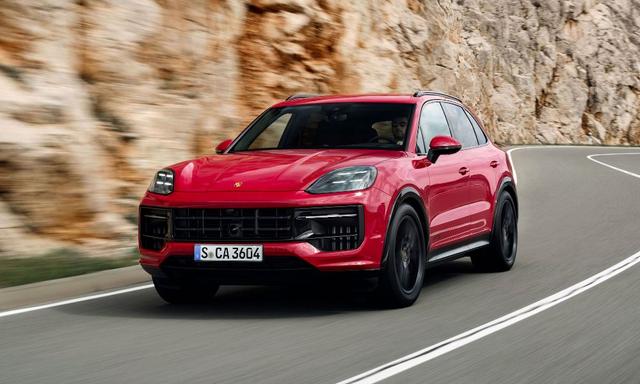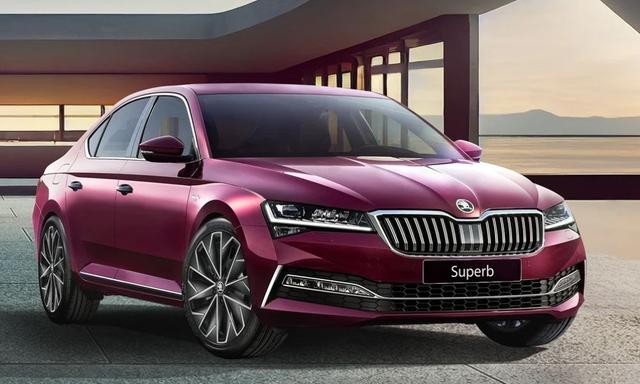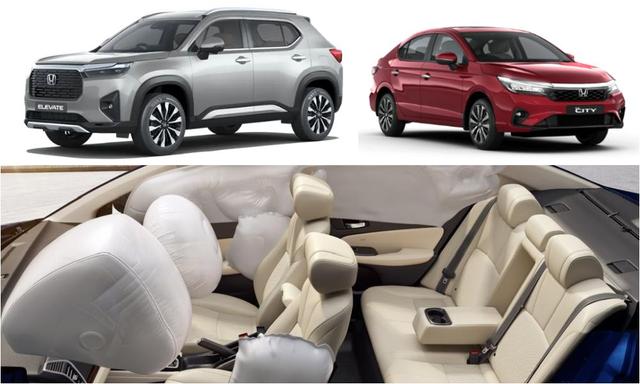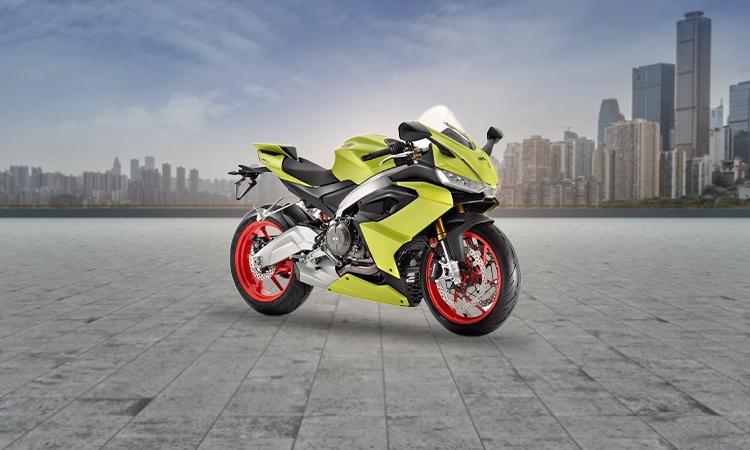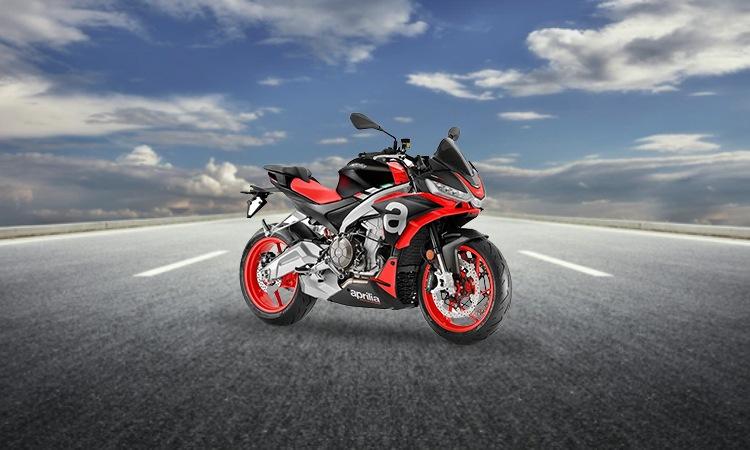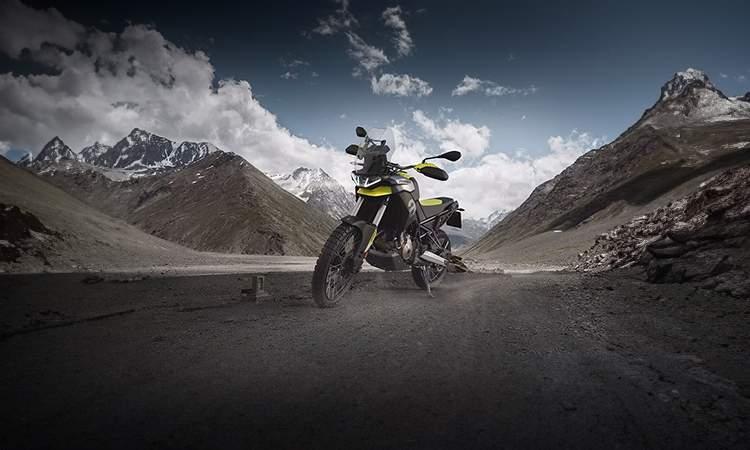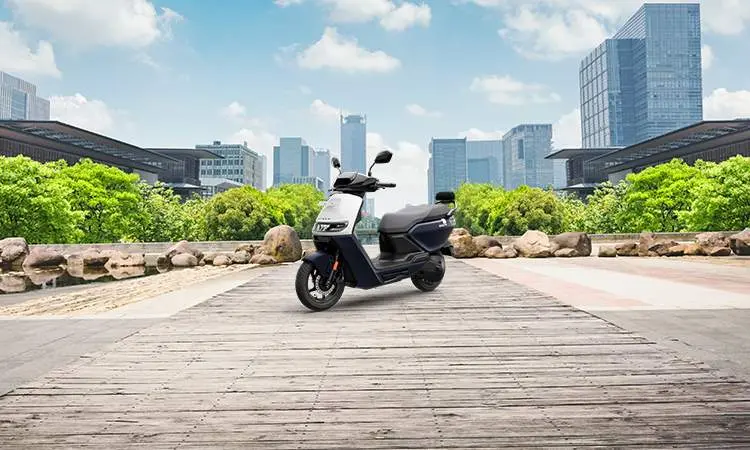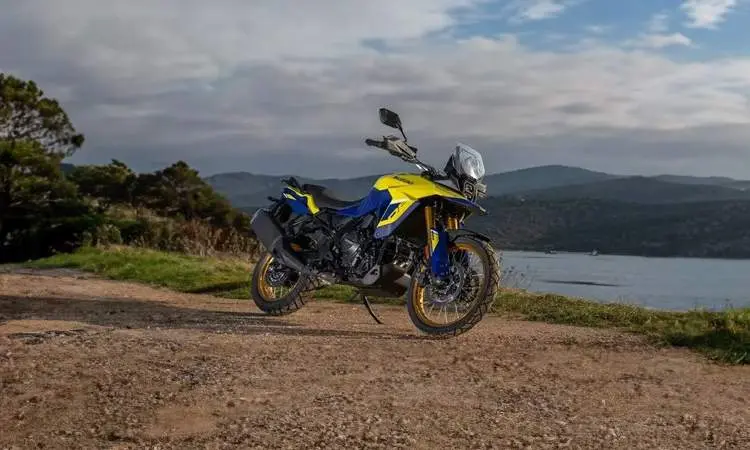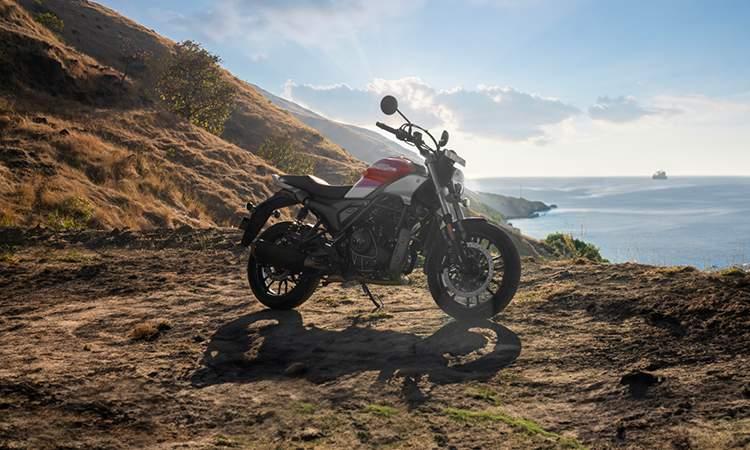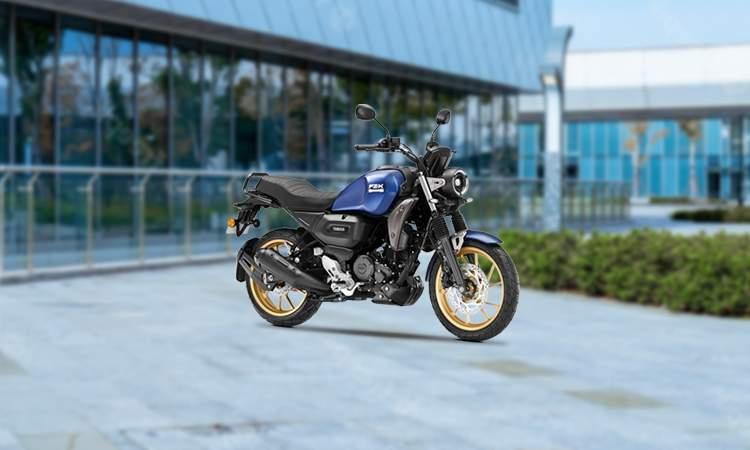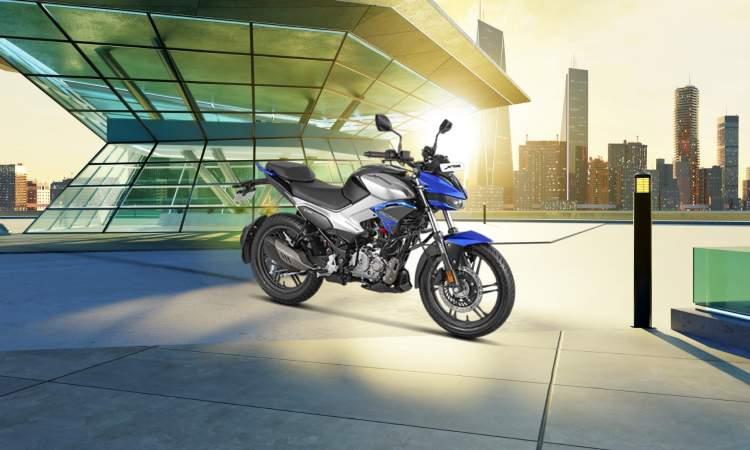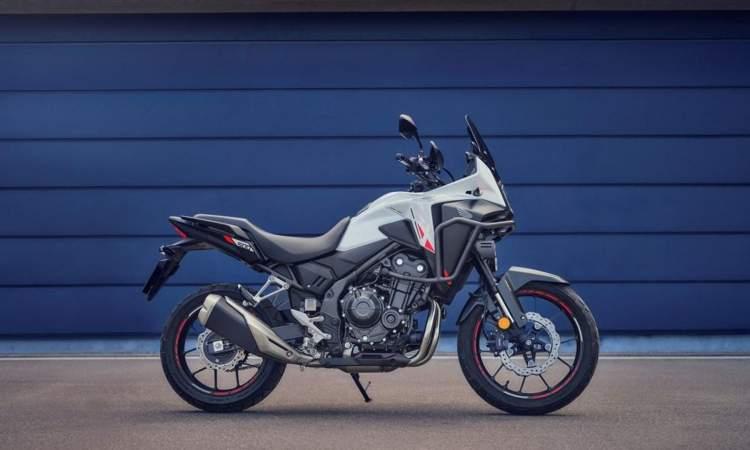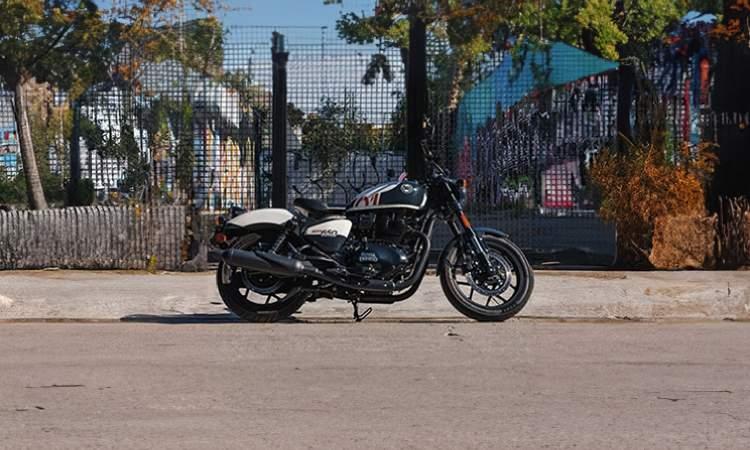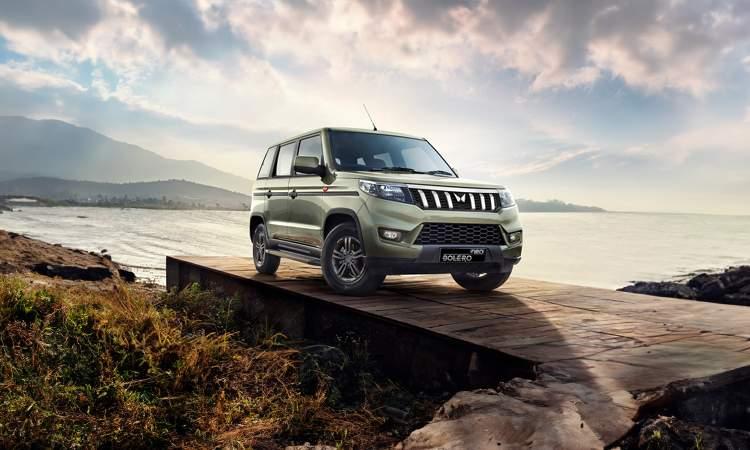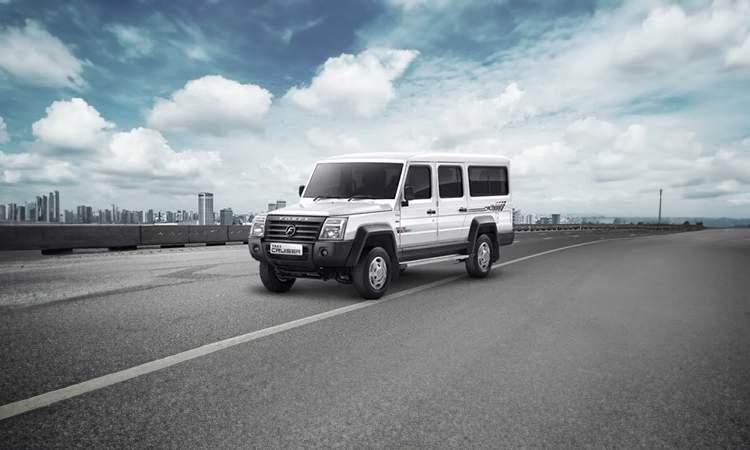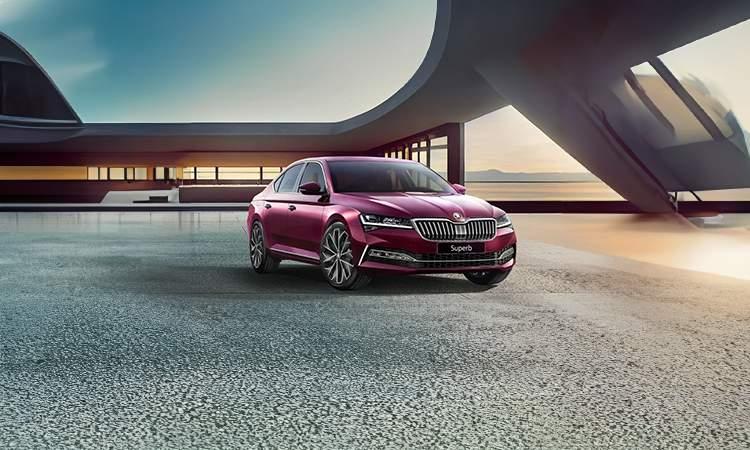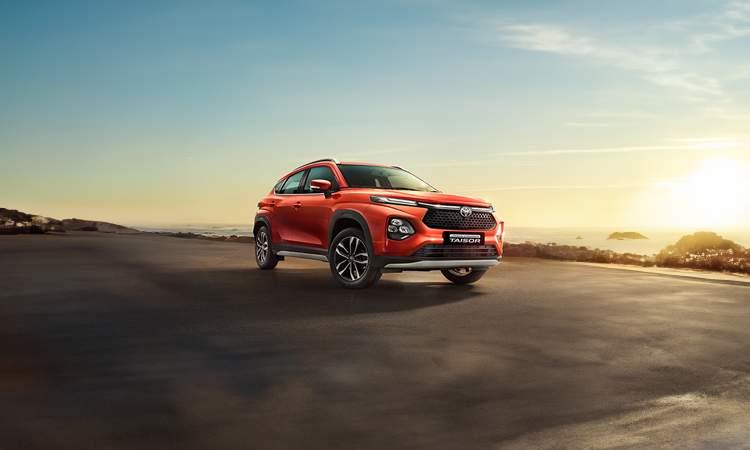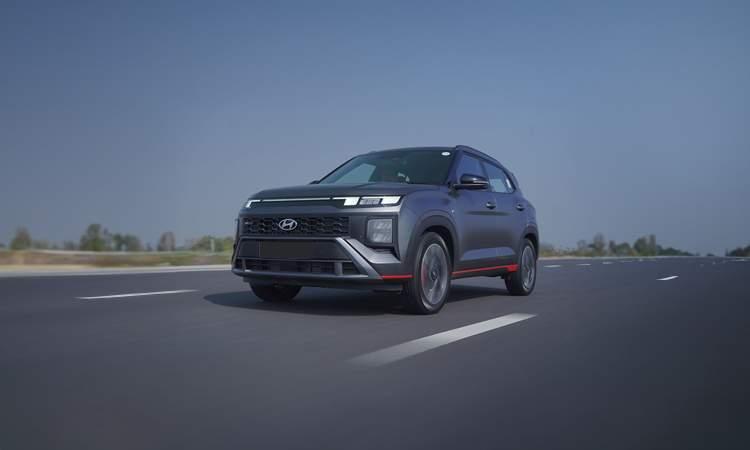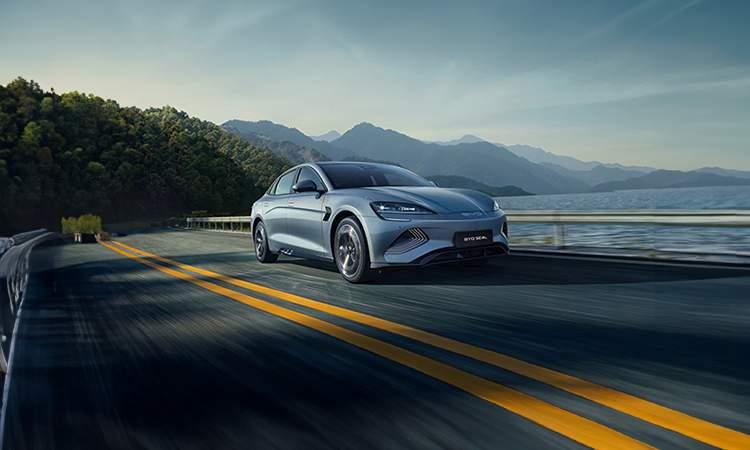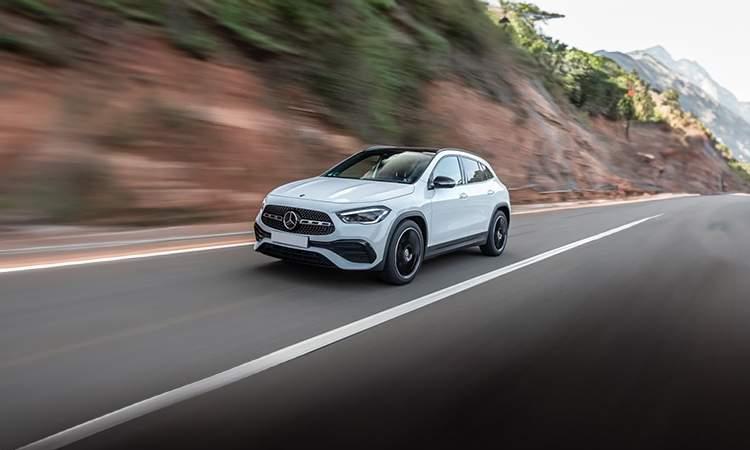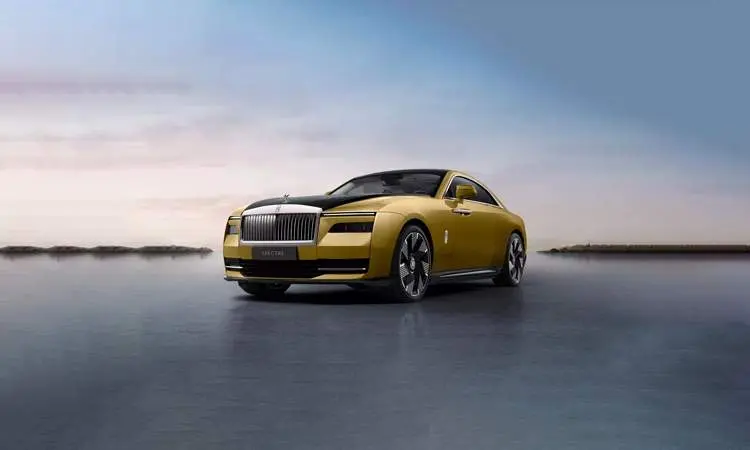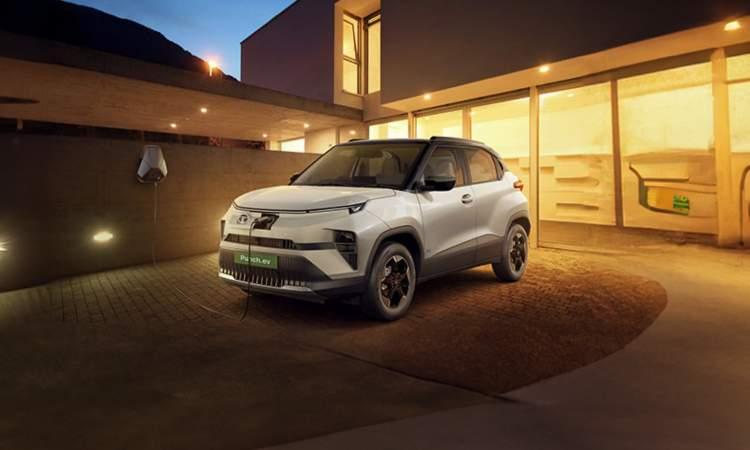New Porsche Panamera Debuts In China; Turbo PHEV Packs 670 BHP V8 And 90 KM Electric-Only Range

Highlights
- Third-gen Porsche Panamera features only a handful of exterior design changes.
- Entry-level V6 engine option is more powerful; upgraded V8 develops combined 670 bhp in the e-hybrid variant.
- India launch expected in 2024.
Roughly 14 years on from the debut of the original, the third-generation Porsche Panamera has made its world premiere in Shanghai, China, featuring evolutionary design changes, more powerful engines and a slick new suspension set-up. Over two generations, Porsche has sold more than 3.75 lakh units of its sports sedan, with China being the biggest market for the Panamera for the majority of the last decade. The latest iteration stays true to the outgoing model in terms of dimensions and overall appearance, but promises substantial upgrades when it comes to comfort and the drive experience.
Also Read: Porsche’s Turbo Lineup To Get An Exclusive Turbonite Badge

Even in its third generation, the Panamera's design and styling approach remains more evolution than revolution.
Measuring in at 5,052 mm in length, 1,937 mm in width and 1,423 mm in height, the new Panamera is roughly the same size as the second-gen sedan, and will continue to be offered in long-wheelbase ‘Executive’ form – which adds 200 mm to the car’s length – in select markets. Most will find it hard to tell the new Panamera from the old one, and that is intentional, according to Porsche exterior design director Peter Varga, who describes the new-gen car as evolution over revolution.

Note larger air intake in the front bumper, additional intake above the registration plate holder and restyled Matrix LED headlights.
The front-end features small revisions, with mildly reshaped Matrix LED headlights (featuring slimmer four-point LED DRLs; HD Matrix LED headlights will be optional) and an additional air intake above the registration plate holder. In profile, the new Panamera is almost exactly the same as before, with the exception of a redesigned window line and new wheels. At the back is perhaps where the new Panamera differs the most from the outgoing model, with a slim, full-width tail-light bringing the Panamera visually closer to the all-electric Taycan sports sedan. Of course, the Panamera differentiates itself from its battery-powered cousin with quad exhaust tips on the Turbo variant.

Latest Panamera easiest to identify from the rear, thanks to the slim, full-width light bar.
On the inside, the new Panamera draws heavily from the Cayenne SUV as well as the Taycan. From the latter, the Panamera borrows its 12.6-inch curved digital instruments display, and also has a 10.9-inch central touchscreen infotainment system. Also available as an option will be a 10.9-inch front passenger display that can relay performance statistics as well as stream media content; however, for safety’s sake, the front passenger screen cannot be viewed from the driver’s seat. The gear selector is now a small switch incorporated into the dash right next to the wheel, which frees up more space on the centre console.

Interior layout mirrors that of the Cayenne; 10.9-inch front passenger display is optional.
The entry Panamera and Panamera 4 variants get an uprated 2.9-litre V6 turbo-petrol that churns out 349 bhp and 500 Nm of torque, an increase of roughly 20 bhp and 50 Nm. This translates into a 0-100 kmph time of 5.1 seconds for the base Panamera (4.8 seconds for the Panamera 4) and a top speed of 272 kmph (270 kmph for the Panamera 4).
Headlining the new Panamera range at launch is the Turbo E-Hybrid variant, featuring a heavily upgraded 4.0-litre, twin-turbo V8 engine. The V8 is now paired with a plug-in hybrid system, and the 140 kW electric motor is now housed within the gearbox itself, which is said to reduce weight and enhance performance efficiency. Combined power output is 670 bhp and 930 Nm of torque, giving the Panamera Turbo E-Hybrid a 0-100 kmph time of just 3.2 seconds and a top speed of 315 kmph. An even more potent Turbo S E-Hybrid is expected to arrive next year with well over 750 bhp and 1,000 Nm of torque. However, the Sport Turismo wagon body style is not likely to be reintroduced with this generation.

The V6 versions are now more powerful and quicker to 100 kmph; Turbo E-Hybrid can go on to hit 315 kmph.
Part of the enhanced E-Hybrid package is a larger 25.9 kWh battery, which gives the car an electric-only range of over 90 kilometres on a full charge. Also included is an 11 kW onboard AC charger, which can help replenish the battery inside three hours. Another highlight of the new Panamera is its active air suspension, dubbed ‘Porsche Active Ride’, which adds newly developed active shock absorbers – also with two-valve technology – each connected to an electrically operated hydraulic pump. With this, Porsche claims the Panamera can overcompensate for pitching and rolling tendencies to reduce the acceleration forces acting on the occupants, and this also enables a new function that lifts the car to aid passenger entry.
Expect Porsche to launch the new Panamera in India early in 2024.
Great Deals on Used Cars
View All Used Cars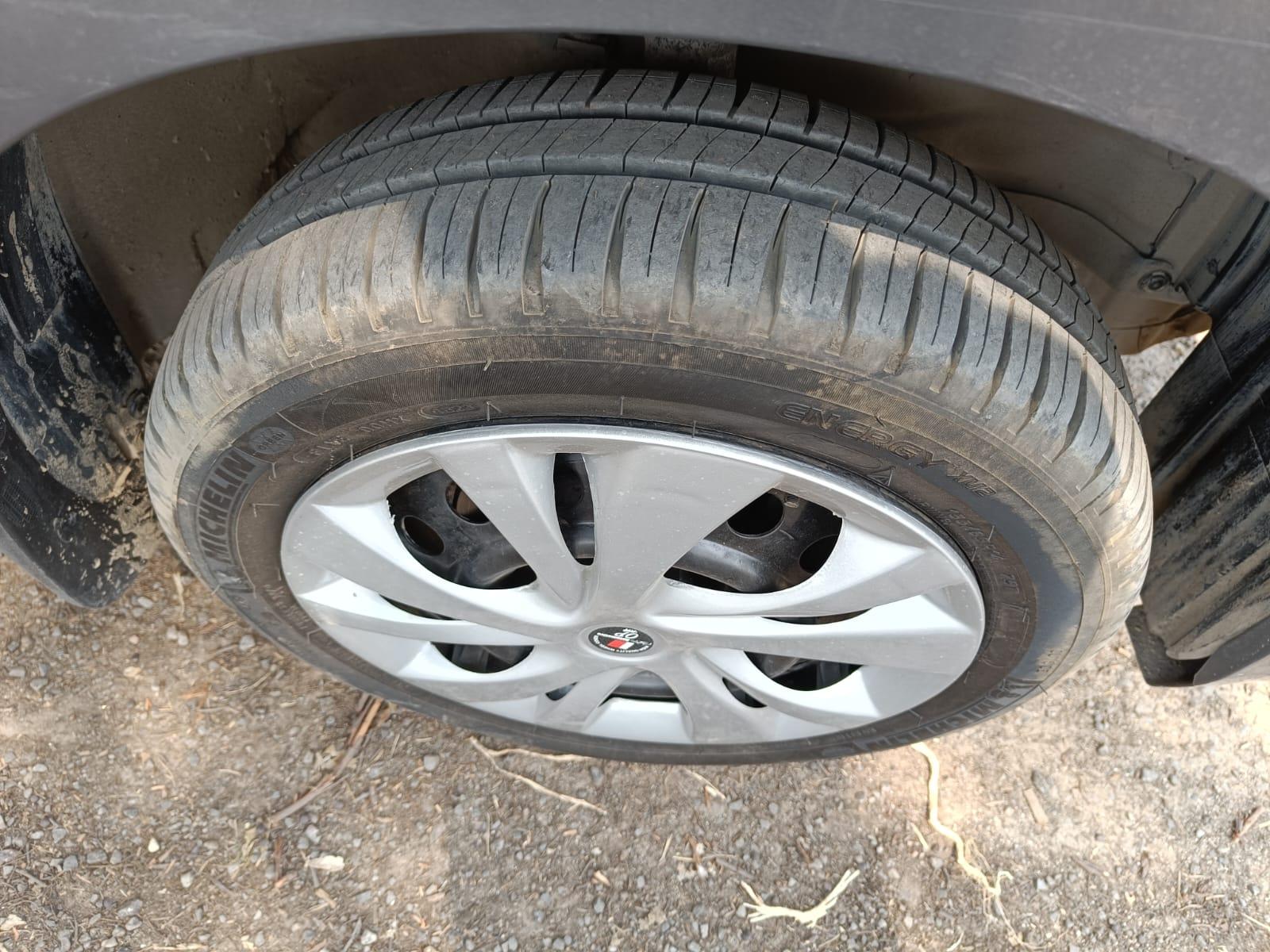
- 46,324 km
- Petrol
- AMT
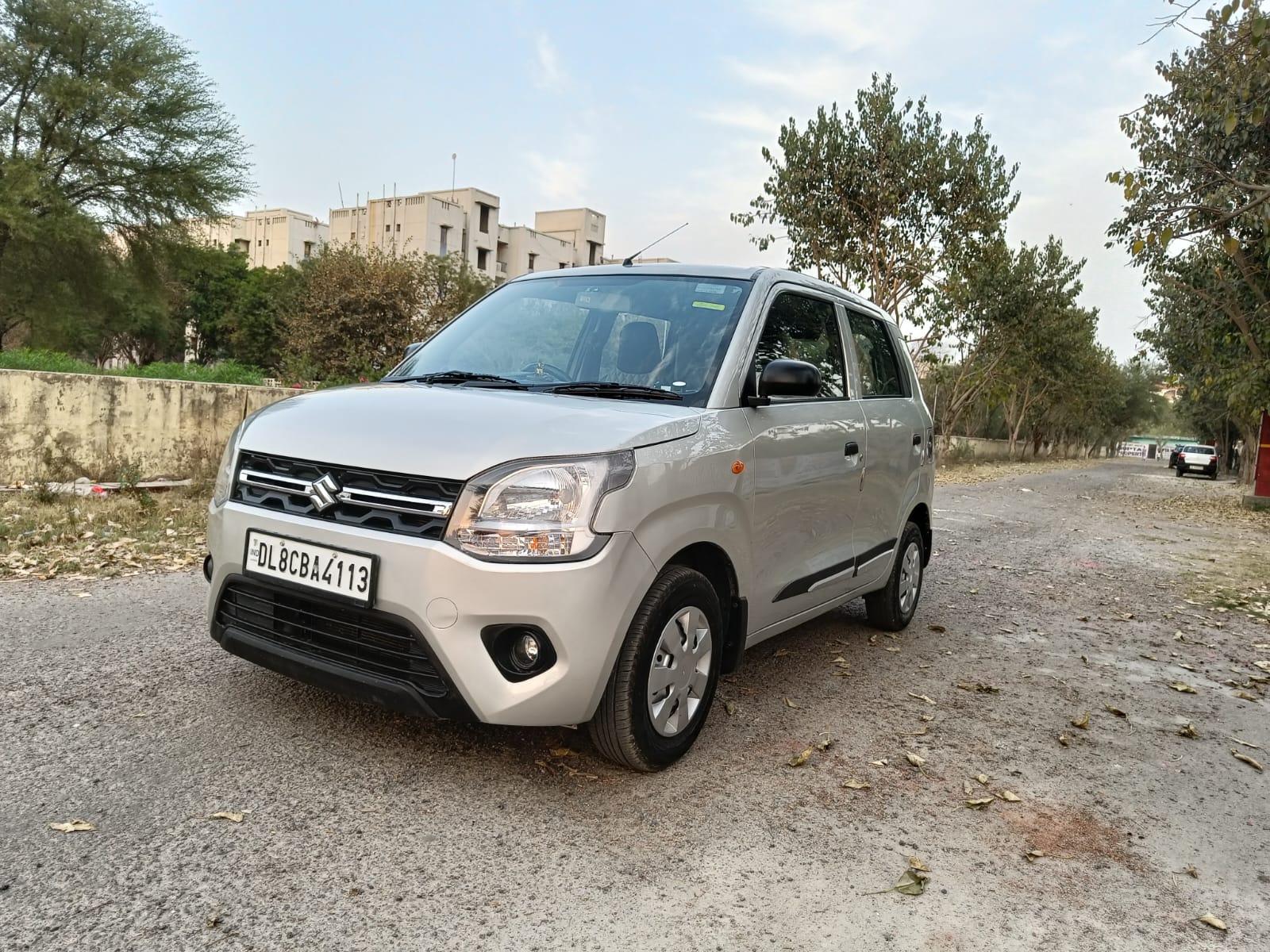
- 35,000 km
- Petrol+CNG
- Manual

- 16,178 km
- Diesel
- Automatic
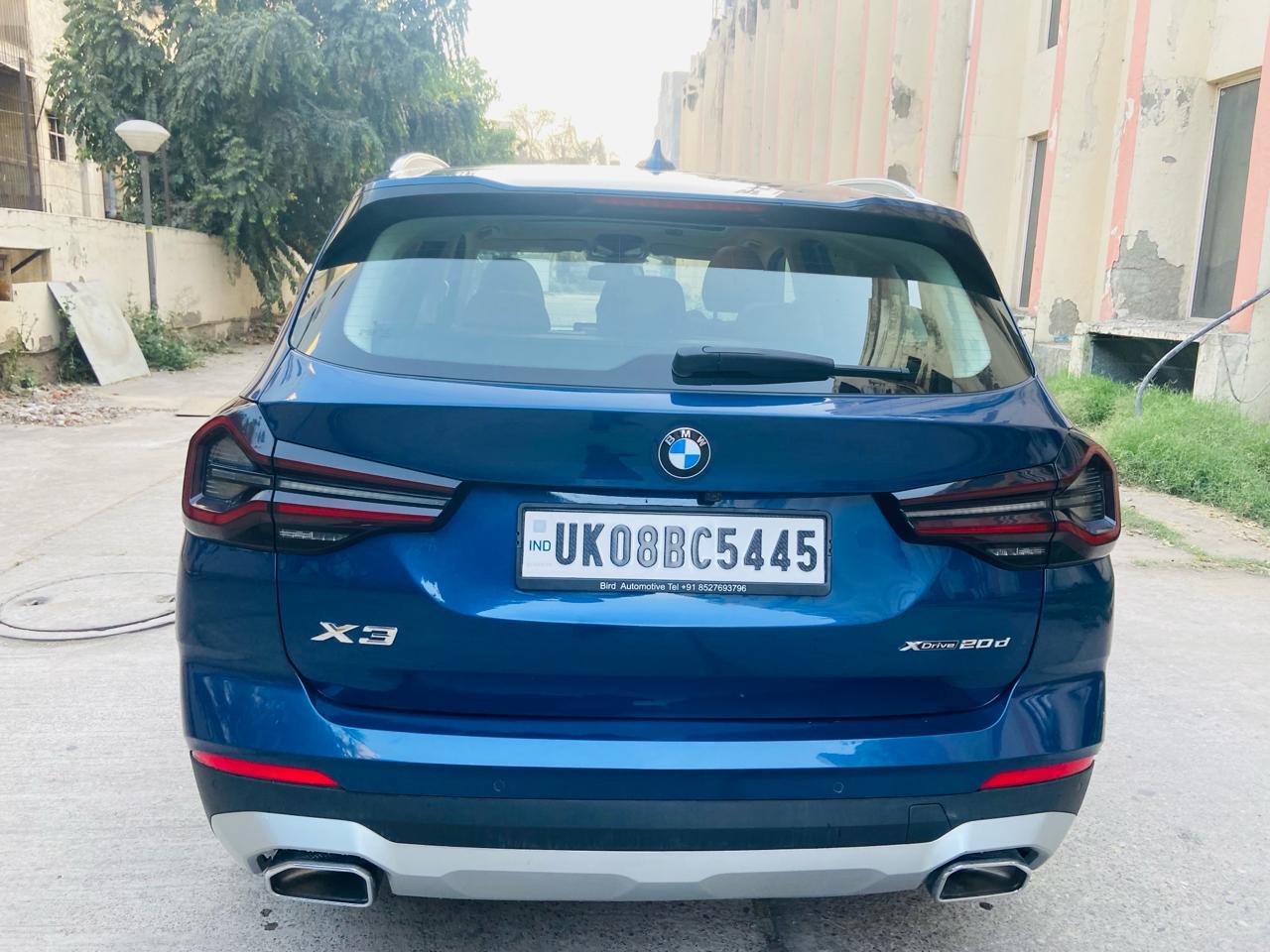
- 19,000 km
- Diesel
- Automatic

- 19,798 km
- Petrol
- Manual
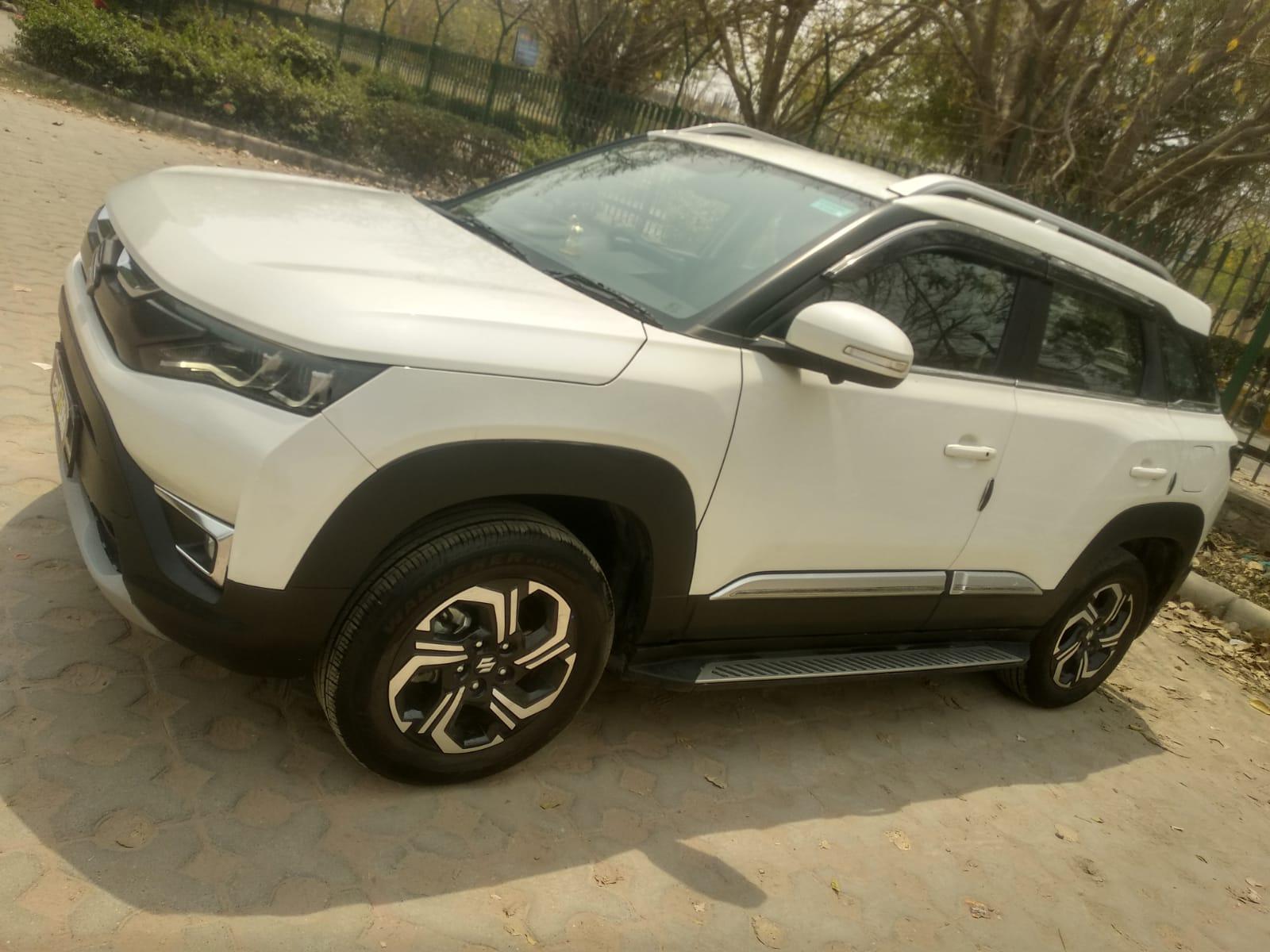
- 5,903 km
- Petrol
- Manual
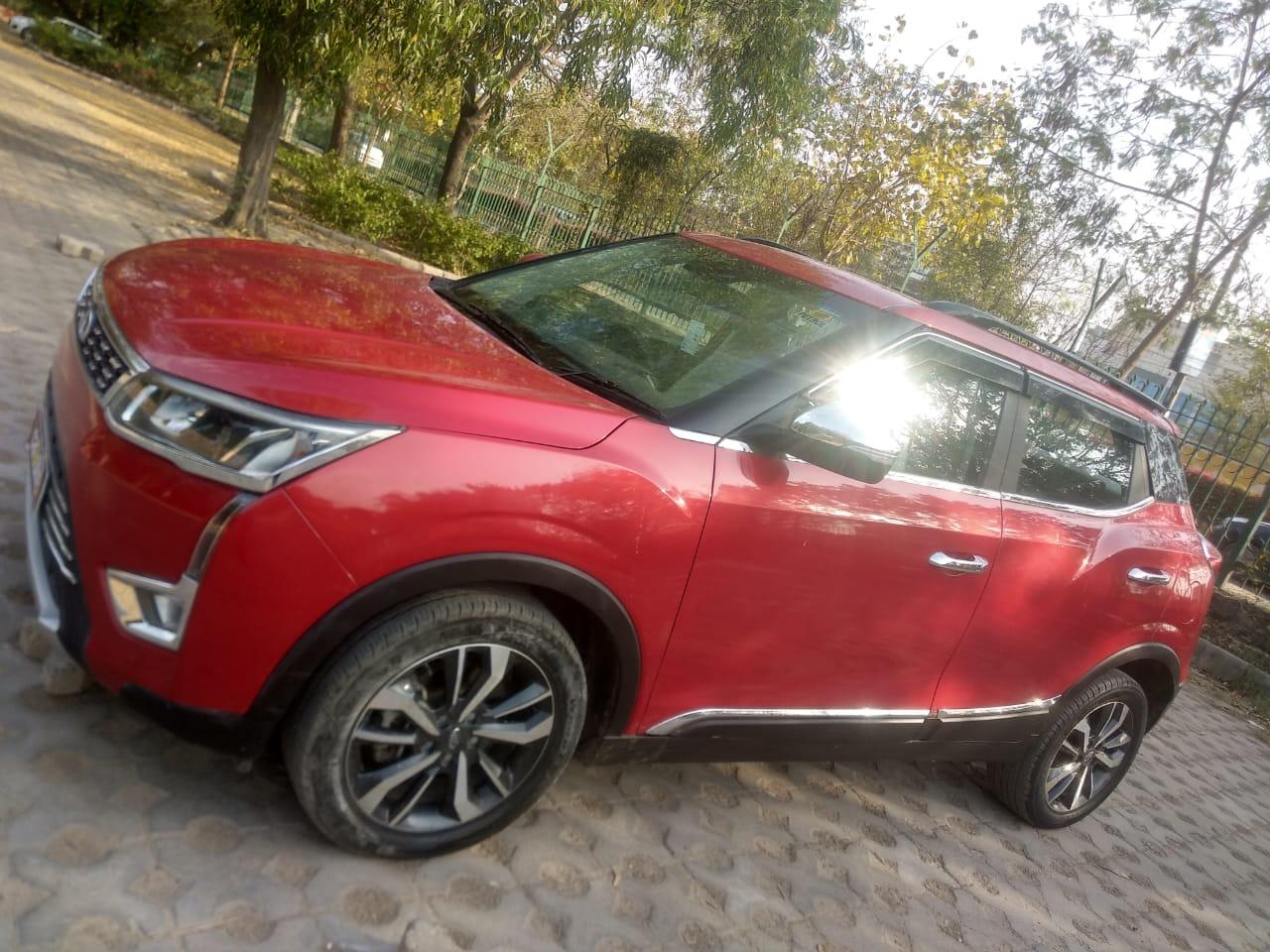
- 25,279 km
- Diesel
- AMT
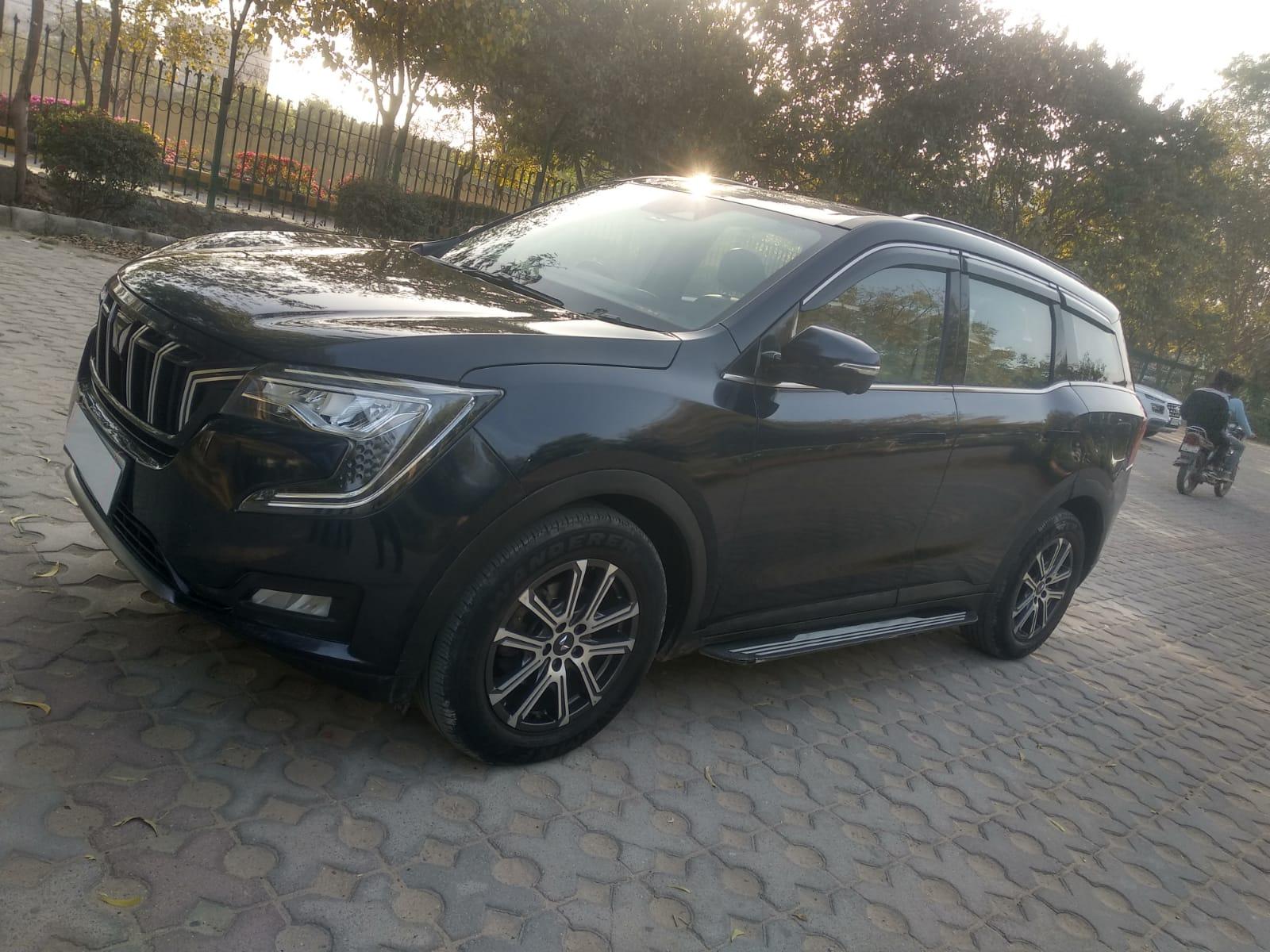
- 29,070 km
- Diesel
- Manual
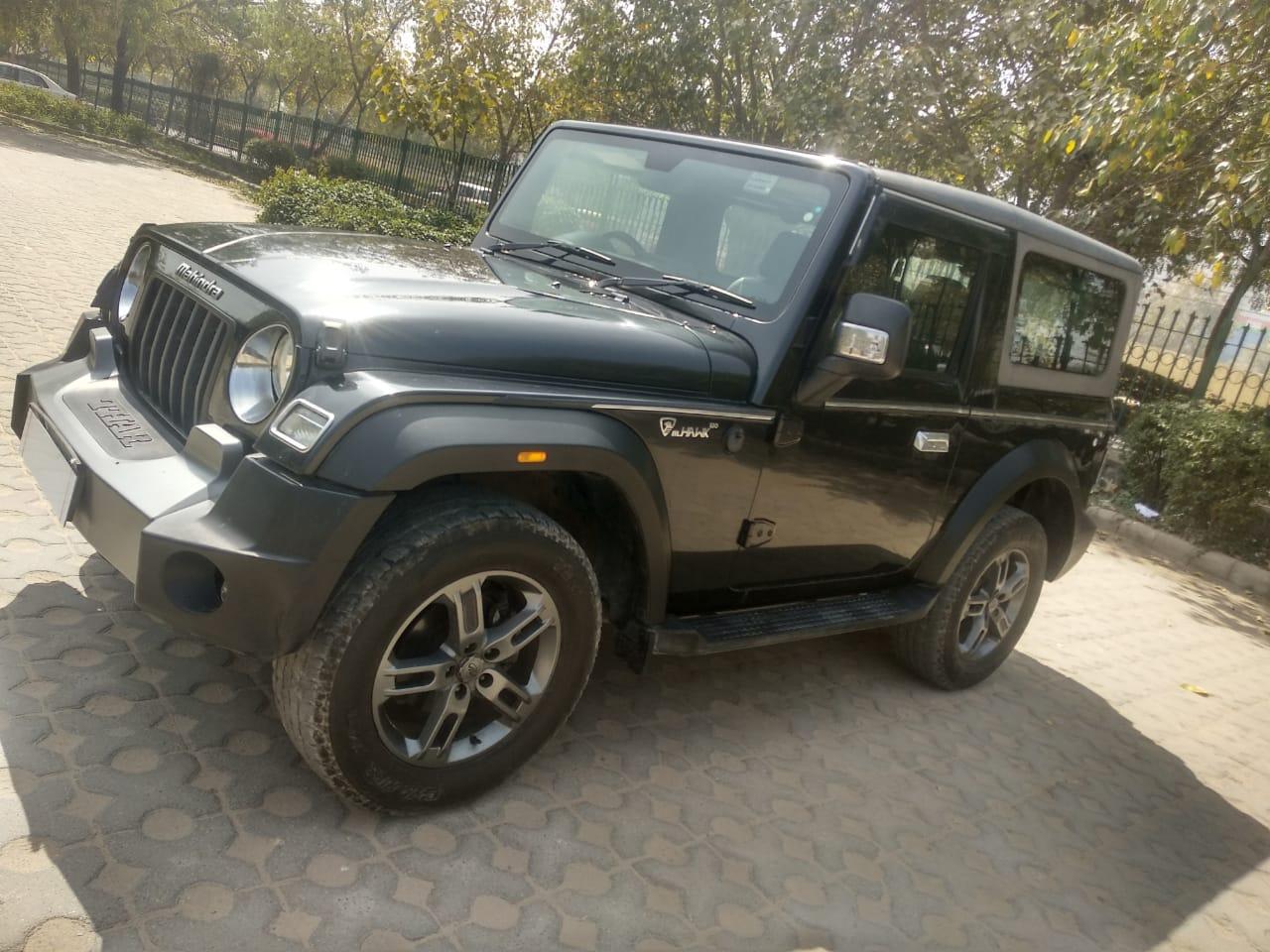
- 19,398 km
- Diesel
- Manual
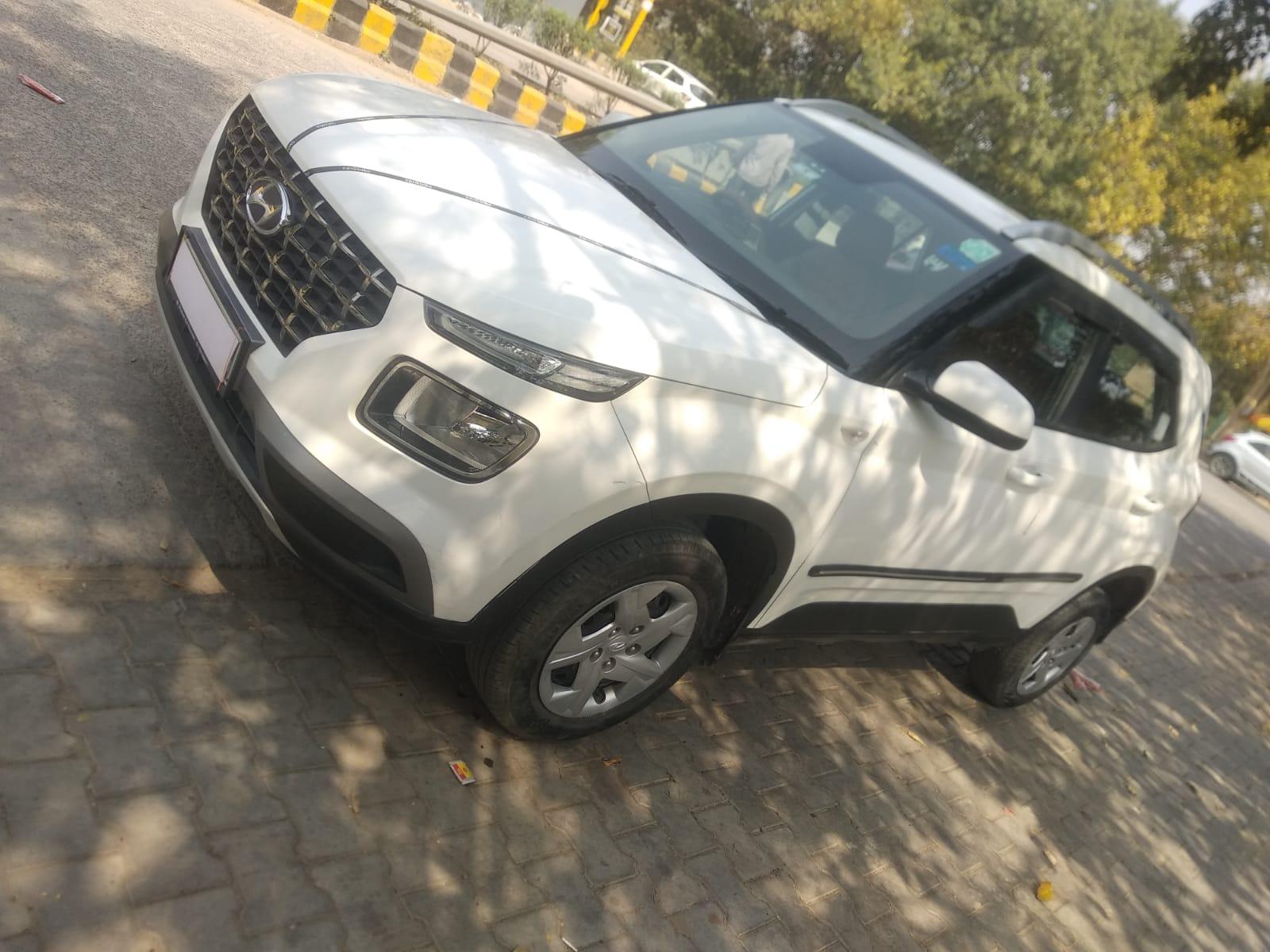
- 13,870 km
- Petrol
- Manual
Research More on Porsche Panamera
Popular Porsche Models
Upcoming Cars
Upcoming Bikes
Explore More
Latest Reviews
Related Articles

Trending Vehicles In India
- Home
- Reviews
- Car Reviews
- New Porsche Panamera Debuts In China; Turbo PHEV Packs 670 BHP V8 And 90 KM Electric-Only Range
